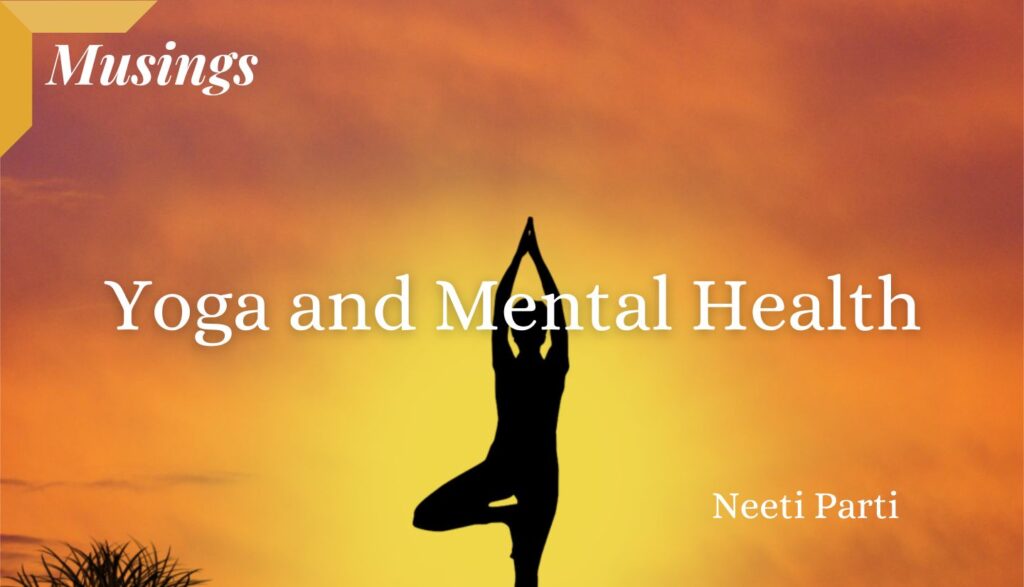
There is no health without mental health. The World Health Organization defines health as a state of complete physical, mental and social well-being and not merely the absence of a disease or infirmity (WHO 2001, p.1)
What is Mental Health?
Mental health is more than the absence of mental illness- it is vital to individuals, families and societies. Mental health is described by WHO as:
“A state of well-being in which the individual realizes his or her own abilities, can cope with the normal stresses of life, can work productively and fruitfully, and is able to make a contribution to his or her community.” (WHO 2001a, p.1)
In this positive sense, mental health is the foundation for well-being and effective functioning for an individual and for a community.
Symptoms:
- Feeling sadness, hopelessness
- Angry outbursts, irritability, frustration
- Loss of interest in normal activities such as sex, hobbies or sports
- Insomnia or sleeping too much
- Tiredness, lack of energy
- Reduced appetite or increased cravings for food
- Anxiety, restlessness
- Slowed thinking or body movements
- Feelings of worthlessness, self-blame
- Trouble concentrating, making decisions
- Frequent suicidal thoughts, suicide attempts
- Unexplained physical problems, such as back pain or headaches
“From the time I was nine years old, I struggled with periods of depression. I have used so many means to escape, avoid, deny or run from my pain until I finally faced it. I learned Applied mindfulness through my yoga practice. Training the mind and body is an important step in the self-care needed to heal from depression.” – Quoted from an unknown source.
While psychotherapy and nutrition is used to treat depression, an effective and clinically tested way to treat such conditions is Yoga.
Yoga provides a structured approach towards managing and treating mental conditions.
Here are the five asanas and breathing exercises to improve bodily functioning, and to strengthen the mind:
1. Bala Asana (Child Pose)
- Kneel and sit on your heels on a yoga mat, touching the big toes together.
- Spread your knees hip-width apart and place your palms on your knees.
- Bend your torso forward and between your divided thighs, and touch your forehead to the mat.
- Bring your arms forward and place them on the mat, stretched out in front.
- Hold the position for a few minutes, and return to the initial position slowly.
2. Setu Bandh Asana (Bridge Pose)
- Lie down on the mat on your back.
- Place your palms facing down by either side of the body, and fold the knees to bring the heels closer to your hips.
- Keep the feet a few inches apart.
- Gently elevate your hips and away from the floor and hold the position for a few minutes.
- Relax and return to the initial position, exhaling as you do so.
3. Uttan Asana (Standing Forward Fold)
- Stand straight with your arms by your side.
- Bend forward at the hips, go as low as possible till your chest touches your thighs and your head reaches your knees.
- Hold this position for a few breaths before gently releasing it and resuming the initial position.
4. Hala Asana (Plough Pose)
- Lie on your back, with your arms by your side and feet joined together.
- Lift your legs up at a ninety-degree angle.
- Hold your hips with the help of your hands to support the elevation.
- Bring the feet back and down to the floor, extending behind the head. Ensure that thighs remain straight. Avoid touching them to your head.
- Hold this position for a few breaths.
- Release the position while exhaling.
5. Shava Asana (Corpse Pose)
- Lie down on a mat facing the ceiling. Keep your legs and feet a few inches apart, letting them fall sideways.
- Place your hands on either side of the body with the palms facing upward, relax the body in this position for a few minutes.
- Close your eyes, and allow your body and mind to relax.
The body is now in a relaxed state and fully receptive to positive energy.
A self-created prayer or a prayer of choice may be offered for complete healing.
You may begin with saying “Aham Aarogyam” (I am healthy). The mantra for a peaceful life in a peaceful universe may thereafter be chanted:
ॐ सर्वेषां स्वस्तिर्भवतु । (om sarvesham svastirbhavatu)
सर्वेषां शान्तिर्भवतु । (sarvesham shantirbhavatu)
सर्वेषां पूर्णंभवतु । (sarvesham purnambhavatu)
सर्वेषां मङ्गलंभवतु । (sarvesham mangalambhavatu)
ॐ शान्तिः शान्तिः शान्तिः ॥ (om shanti shanti shanti)
Meaning:
May there be well-being in all,
May there be peace in everyone’s life,
May there be fulfilment in all,
May there be auspiciousness in all,
Om Peace, Peace, Peace.
Neeti Parti
